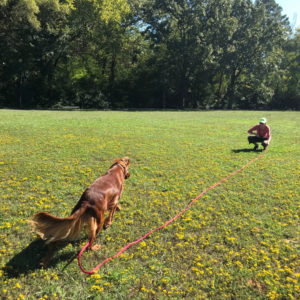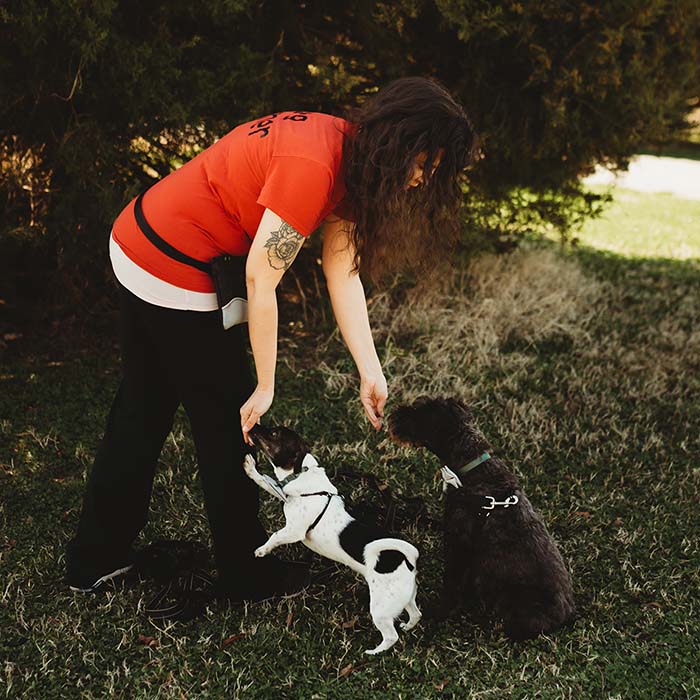You Deserve a Nice Trainer
It’s possible to find a good fit for you and your dog
You deserve a nice dog trainer. I’ve heard comments here and there over the years about clients’ dog training experiences, and I wanted to share what’s possible and what to look for.
Some quick announcements first:
- I was not happy with my third installment of Embarrassed, and it had nothing to do with my lovely guest and everything to do with me. I talked too much and I didn’t let her lead the story as much as I should have, so we are planning to rerecord the episode this week and that will come out next Tuesday, ending the series on embarrassment.
- I’m also working on client gifts! I’m pretty excited about this new project, which includes a lot of really cool things, just for my clients who have worked with me over the past year and my deadline for this to hit homes in December, right in time for the holidays.
- Classes are going very well, and I’m adding in some small playgroups for clients who have requested connections with other doggy friends. Please email me if you’d like to get on the wait list for January’s classes. After this round ends, I’ll take a short hiatus from classes until after the holidays.
Now, back to dog trainers. I’ve been thinking about this for a while.
I’ve heard the stories now and then. There was a bad experience with a dog trainer, but they needed to try again because they needed help. They gave me a chance. I’ve always thankful for those opportunities, since I am very aware of how I’ve messed up as a trainer. I’ve misjudged times and been late to lessons, or it’s been too long since I’ve been able to get my notes out or I don’t call someone back in a timely fashion. I work hard on minimizing those sorts of mistakes, but they do happen. And sometimes, as a result, a client decides I’m not a good fit for what they need. Or I can do everything right, and a client may still decide that I’m not a good fit for what they need.
Dog trainers are just people, and we come in all sorts of personalities, armed with all sorts of methods. I view dog training as a wide spectrum of possibilities. If training is just communication, then it makes sense that there are all sorts of ways to communicate.
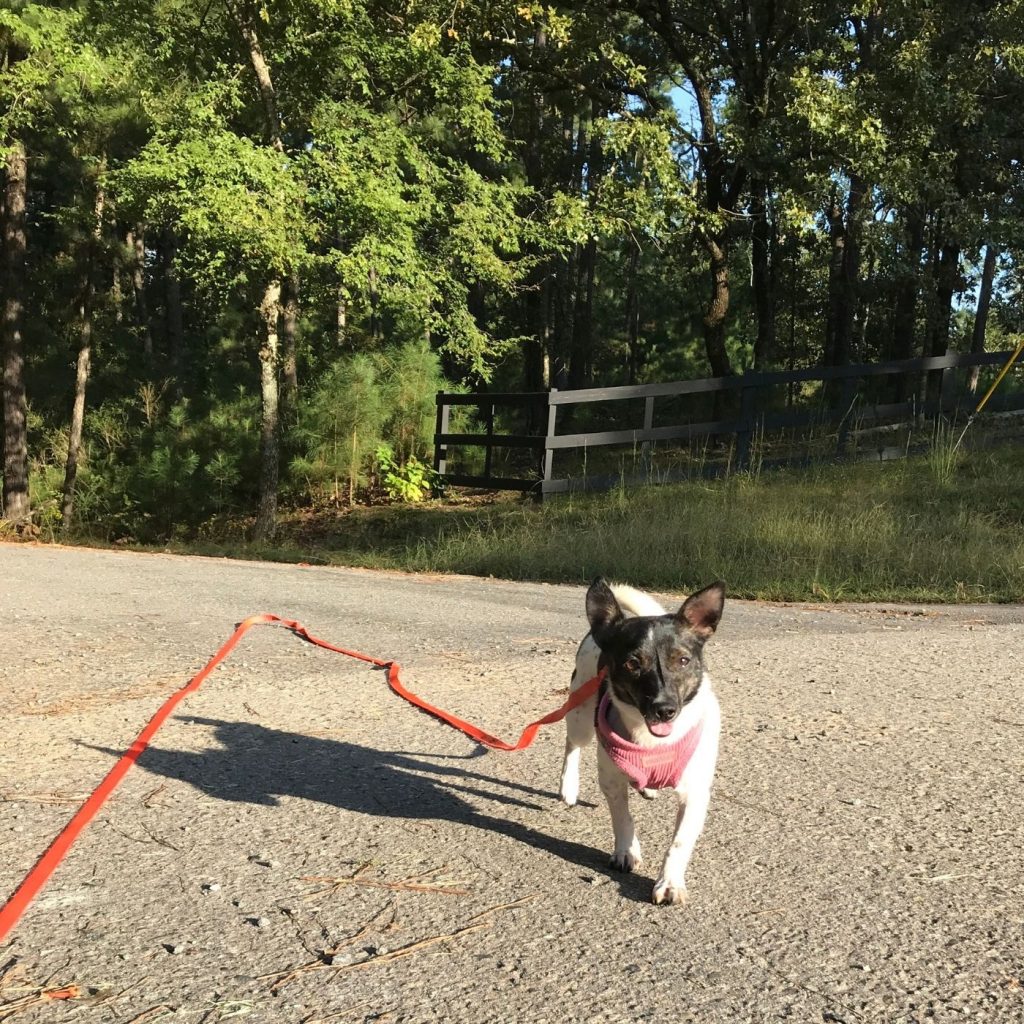
Some things to consider when looking for a trainer include:
First: Methods
Have you heard of positive reinforcement trainers, balanced trainers, clicker trainers? I usually explain that while there are a lot of methods, there are three main categories: there are people who move a dog or use a force to move a dog to get a desired behavior or to stop an undesirable behavior, there are people who lure (using food to move a dog without touching him) to get a desired behavior or teach an incompatible behavior to an undesirable behavior, and there are people who wait for a dog to offer a desired behavior (this is also called capturing and is often used in clicker training), so there’s no direct force from or direction by a trainer until the dog offers a desirable behavior. Some people use a mixture of all three, or some people use just one type.
While there are often disagreements on what tools or methods are best for a dog, each dog may require different aspects, depending on various factors.
But there are two main ideas that explain how dogs learn.
The first is the Premack Principle. This states that more probable behaviors will reinforce less probable behaviors. So if a dog gets a treat, he’ll go into his crate. Or if he gets playtime, he’ll sit at the back door to go into the yard.
The second is Thorndike’s Law of Effect, which states that any behavior that is followed by pleasant consequences is likely to be repeated, and any behavior followed by unpleasant consequences is likely to be stopped. So if a dog sits, and he gets a treat, he’s more likely to sit. But if a dog jumps up on a person, and that person leaves the room, the dog is less likely to jump.
If you’d like to delve into more on your own, I recommend the book, Excel-erated Learning, by Pamela J. Reid, Ph.D.
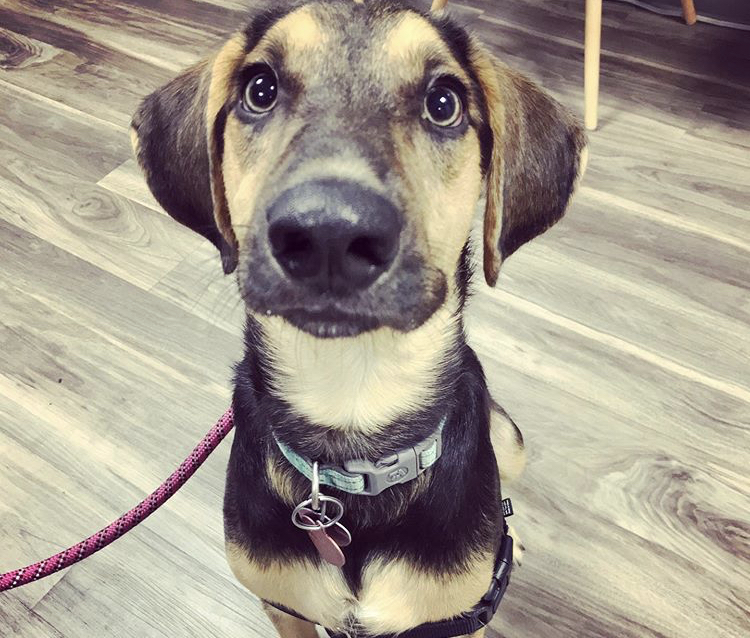
Does your trainer use learning theory like this or are you even interested in something like this? Does your trainer get advanced and ongoing education to better help their clients? Those are the sorts of questions to consider, depending on what you need.
Do you want to learn why your dog may be offering a behavior and how to manage the behavior as a result of what might be happening? There’s a lot that you, as a dog owner, can decide. And a dog trainer can help you figure out what might work best for you and your dog.
Ask questions about what they do and what they don’t and see if they can explain why.
Personally, I hold off on judgment of tools, and I use the Least Intrusive, Minimally Aversive Policy held by the Certification Council of Professional Dog Trainers. You can read more about it on their website.
In my experience, training is simply communication.
And if we can communicate effectively with a snack, and then reinforce the behavior we’d like to see with a fun experience, why not start there? Often, our dogs would like to do what we ask–if they could only understand what we’re asking them to do. I’ve got fun analogies for this that I like to use in lessons. For example, if you were dropped on an alien planet filled with giants, and you were placed in a home, and you try to climb on the couch, but they hit and yell at you instead of asking you to get off by showing you, then you might be confused and scared. But if they offer you a snack and show you where you can sit, then you will feel more comfortable. And if every time you sit on a certain spot, you get a treat, then whenever you’d like a snack or a meal, you’ll be more likely to sit there instead of trying to climb on the couch. Dogs vary, of course, but why not start with communication and a snack? This method is often called positive reinforcement – let’s reinforce what we’d like to see from our dog using a reward that our dog finds reinforcing.
For most dogs, treats are the easiest and quickest way to capture and reward behavior. Here’s more information on treats. Rewards can also be praise, play, toys, or physical touch, if your dog finds it rewarding.
It’s the simplest way to start. Let’s assume our dog doesn’t understand. Let’s find what our dog would like to work for. Then we can move forward.
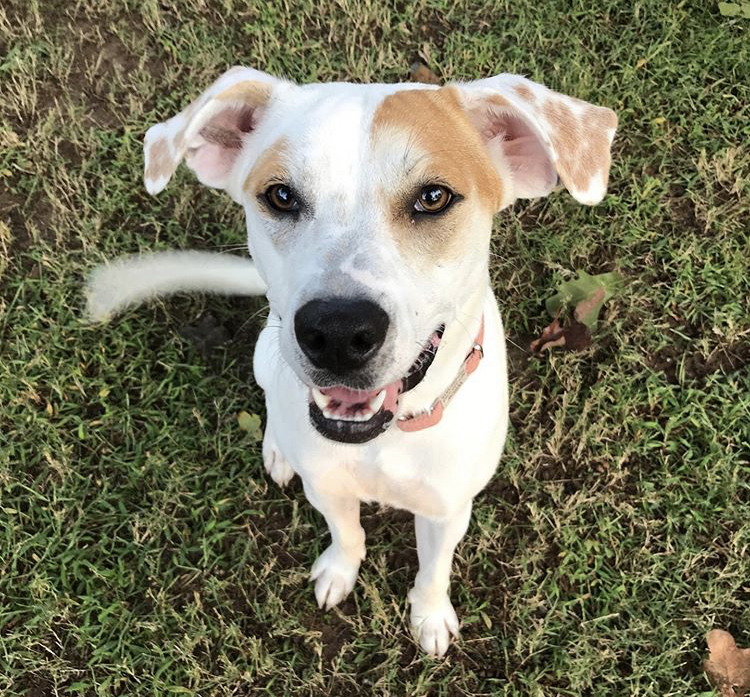
Second: Personality
I view the trainer-client interaction as a relationship. Do you feel comfortable? Do you feel heard? Do you like their personality? I’ll often compare it to finding a massage therapist or a hairstylist or barber. Sure, you can pay someone to just get the job done, but is the job done correctly, or do you need to find someone to fix your color? Or were the bangs done crooked? And did they refuse to say hello? Or treat you with basic human decency?
Maybe they make jokes you don’t appreciate or maybe they’re not good with kids. Do you need a trainer who can help your 11-year-old handle the family dog? Or do you need help transitioning your new human baby into the home with an existing dog?
A trainer should come in asking a lot of questions. There’s history to understand, relationships between the people to understand, and a whole host of things going on that a lot of trainers with experience can see with an outside eye. There shouldn’t be intentional comments that pile on guilt or shame regarding your previous choices with your dog. You’ve picked a trainer because you need some help, and if they can’t help, they should be able to point you in the direction where you can at least get started.
Maybe a trainer couldn’t do what you wanted, and that’s okay, too. I’ll refer a dog out if I need to or if I’m not sure I have the answers. There’s a lot of complexity to dogs, and sometimes previous experience can make all the difference. I have two trainers with 20 years of experience each that I’ll refer to. Both are certified and both have handled some very challenging dogs.
When it comes to personality or being nice, though, there are some things to consider. I don’t view nice as being a pushover or someone who doesn’t help you with your goals.
I view nice as:
- Actively listening. This means asking questions and hearing you without jumping to respond.
- Acknowledging the good things you’ve done with your dog and the hard work that you’ve put in so far.
- Finding a method that works for you and your dog.
- Explaining what they’re doing, why they’re doing it, and showing you how to do it.
- Exercising appropriate boundaries.
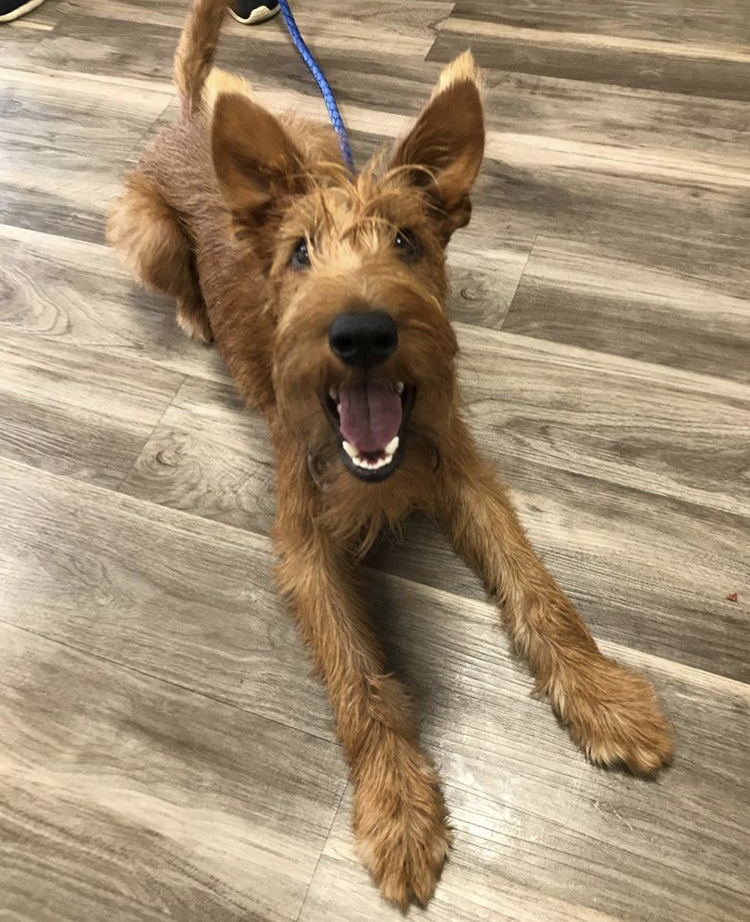
Third: Certification
Dog training is unregulated, and unlike a lot of other fields, there’s no requirement for training or certification. But a lot of trainers do get a certification and have on-going training. I recently took my exam through the Certification Council of Professional Dog Trainers, which requires at least 300 hours of hands-on experience in the past three years (I have nearly 1,500 hours, not including my time volunteering at the shelter, or working at a doggy daycare and dog bar). The exam had 250-questions covering a variety of information from handling to medical to developmental to history. It was a lot!
It’s always a good idea to ask about experience and certification and to research any certifications a trainer claims to have. Does the certification line up with what you’re looking for? Was it something they could buy without a test or other process, or did they have to do something to earn it?
I’ll never forget when I tried to hire a certified public accountant, and I asked a friend for a recommendation. I found him rude and brash and severed ties with him immediately. I mentioned that to my friend, and she told me that everything I didn’t like was exactly what she did like and wanted in a CPA. Do some research, then interview some trainers to find a good fit. What might not be a good fit for someone else might be the perfect fit for you and your dog. But if you would like a kind trainer, who is nice to you and your dog, you can find one.
You deserve a nice trainer.
What questions did you ask when you were looking for a dog trainer? Was cost the important part to you? Maybe it was method? Share below or shoot me an email at info@telltaildogtraining.com. Telltail Dog Training offers group classes and private in-home lessons in the Little Rock area, along with training walks for current clients. Find Telltail’s podcast here, or find additional information on Instagram, Facebook, and YouTube.


